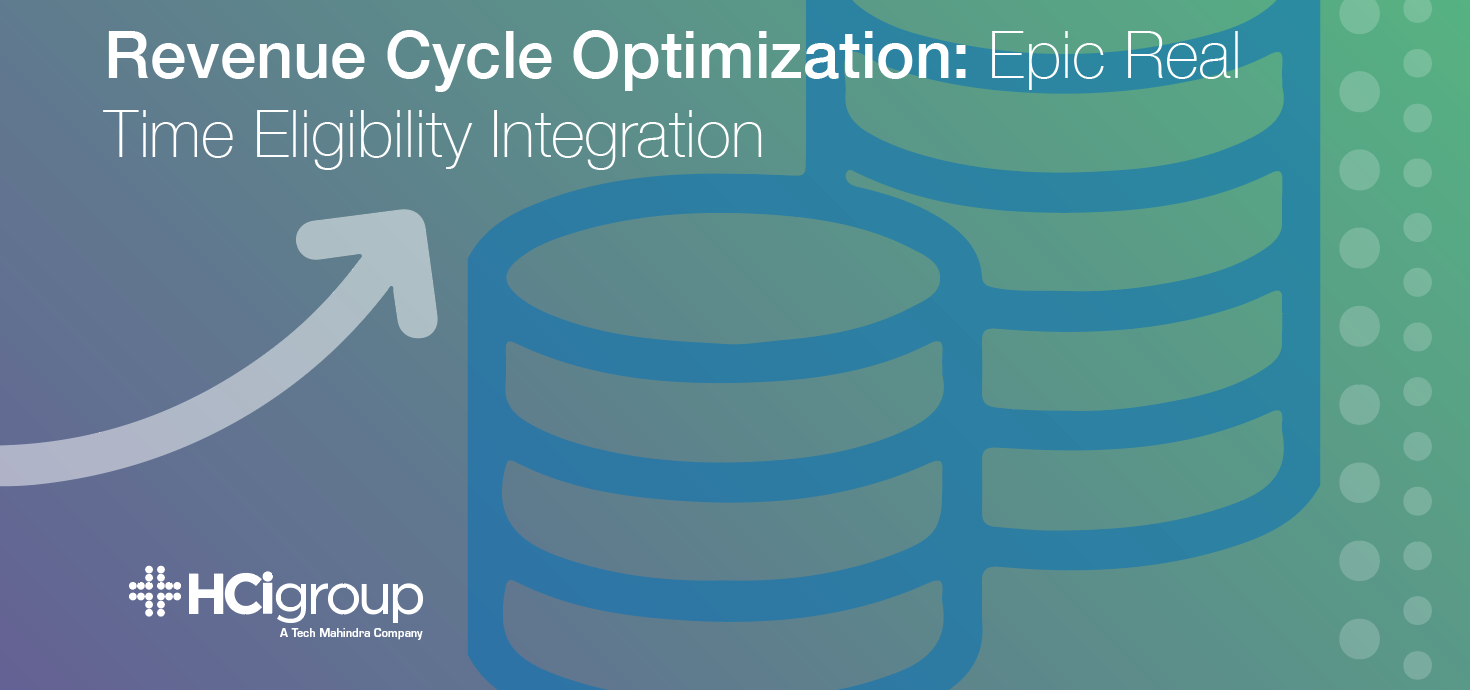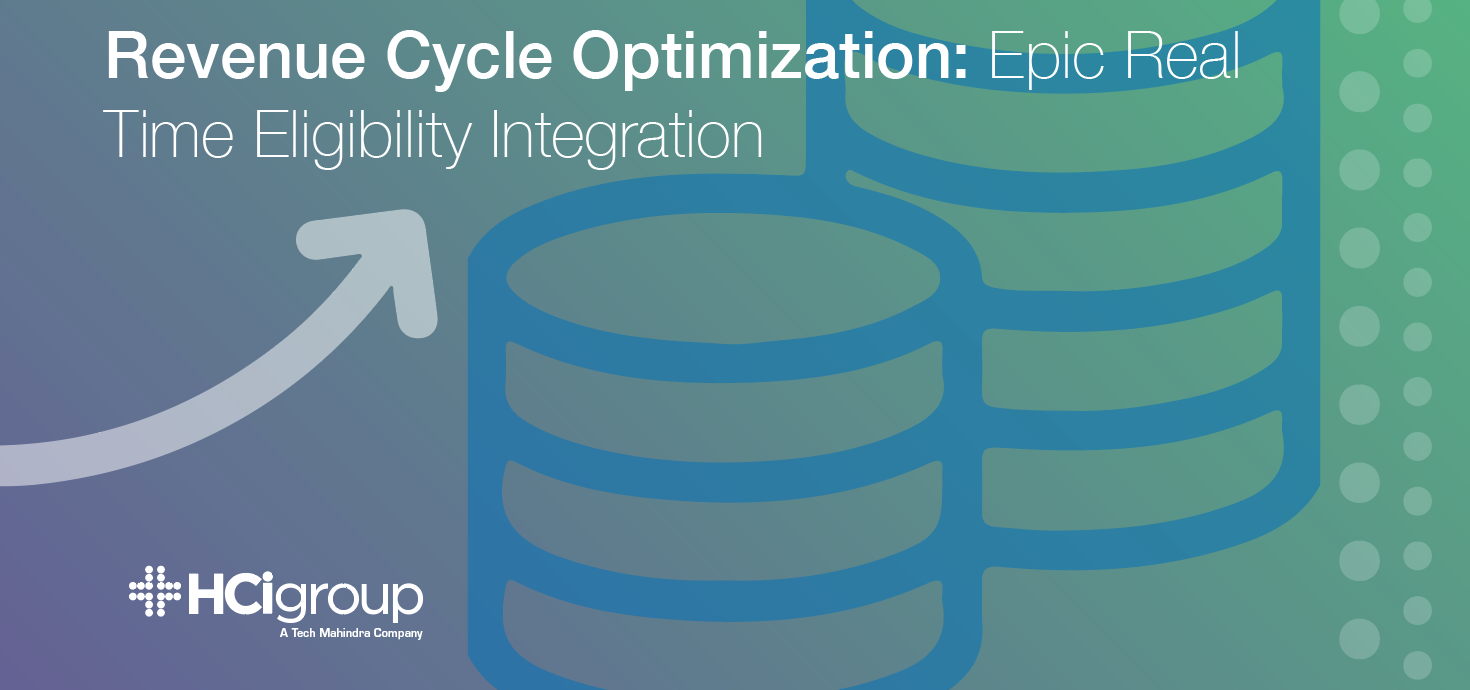Revenue Cycle Optimization: Epic Real Time Eligibility Integration

 Are you getting the most out of your Epic insurance verification integration? There have been many advancements in Epic’s RTE functionality in recent years that when implemented, provide significant ROI.
Are you getting the most out of your Epic insurance verification integration? There have been many advancements in Epic’s RTE functionality in recent years that when implemented, provide significant ROI.
Improved RTE Functionality
Epic’s improved RTE functionality can help you increase reimbursements and collect payments faster by showing you and your patient how their care will be covered before it is provided. It also can reduce the time that your staff spends verifying eligibility.
Instead of just seeing that the patient is covered under an HMO, your staff can see exactly which plan it is, as well as details like whether the deductible has been met, whether co-insurance applies and the amount of the co-pay. They should not have to scroll through the payer’s response or log into a payor website to see all of the details.
Epic reported that easier eligibility verification helped one health system improve point-of-service collections by $1.7 million within one year: “In just a few clicks, registrars can access up-to-date eligibility and copay information directly from payors instead of having to connect through a clearinghouse." Another organization reduced clearinghouse overages by decreasing the number of eligibility transactions by 44 percent.
Epic RTE Optimization Benefits

Consider these examples of how Epic RTE optimization can help you increase efficiencies, reimbursement, and patient happiness:
- Implement plan mapping so that your team doesn’t have to hunt through a long list of plans. As soon as a 271 response is received, the system can automatically select the appropriate plan.
- Confirming coverage for Medicare replacement plans and Medicaid HMOs can also be improved. You can move beyond an initial response of ineligibility, using message chaining to send queries to managed care organizations in your state. Catch this information up front before you receive a denial from Medicare or Medicaid.
- If a patient’s insurance information is not available, you can query potential payors to discover coverage. This allows you to pick up additional revenue through reimbursements that you wouldn’t have otherwise received, particularly for uncompensated care in your emergency department.
- File information from the response into Epic’s Benefit Collection activity. 271 responses are long and hard to read. Hunting and pecking through these responses for benefits information is a drain on resources. You can file copay and deductible data into discrete, easy to read field in the patient’s record. This data can then be used to drive accurate estimates and POS collections.
- Highlight key information contained in a response to draw the attention of your registration staff. Pull the relevant information in a 271 to the top so that it is easy for your users to read. If for example, Medicare returns secondary enrollment information, you want staff to be alerted so that they can ensure that the patient’s primary coverage is also present.
Verifying insurance eligibility is crucial to revenue integrity and the patient experience.
Contact The HCI Group to learn how our Revenue Cycle practice can partner with your organization to ensure you get the most out of your RTE investment.
Additional Revenue Cycle Training Sources:
- 3 Things Healthcare Providers Should Be Using By 2020: Artificial Intelligence, Machine Learning, Automation
- Revenue Cycle Management: Improving Efficiency and Increasing Revenue with Robotic Process Automation
- Revenue Cycle Optimization: 3 Benefits of Collecting Payments Upfront
